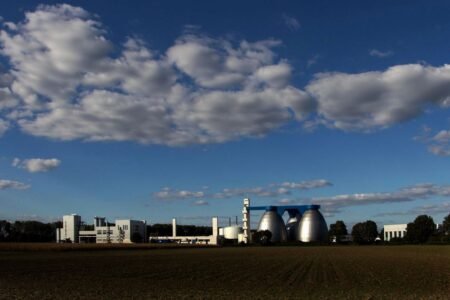(STRASBOURG) – Stricter EU rules to better protect workers from exposure to carcinogens at work – which could help save up to 100,000 lives in the next 50 years – won the EU Parliament’s final approval Wednesday.
These rules, which add another 11 carcinogens to the dangerous substances list and revise limit values for two existing ones, target the primary cause of work-related deaths in the EU.
Cancer is the leading cause of work-related deaths in the EU. Annually, 53% of occupational deaths are attributed to cancer, compared with 28% for circulatory diseases and 6% for respiratory ones. The most common types of occupational cancer are lung cancer, mesothelioma (caused by exposure to asbestos particles) and bladder cancer.
The new rules will particularly benefit workers in the construction sector, chemical, automotive, woodworking and furniture industries, manufacturers of food products and textiles, the healthcare sector and hospitals.
Rapporteur Marita Ulvskog MEP said it had taken ten years to get a “more ambitious agenda. Workers need to know they are protected and that companies are not competing on the basis of their health. The EU needs a stronger social agenda and this is a good start. Cancer is the biggest workplace killer and we are going to continue to fight it.”
Occupational exposure limits, i.e. the maximum quantity of harmful substances (usually expressed in milligrams per cubic metre of air) that workers can be exposed to, have been set for:
- ten chemical agents:1,2-epoxypropane, 1,3-butadiene, 2-nitroproprane, acrylamide, bromoethylene, vinyl bromide, chromium (VI) compounds, ethylene oxide, hydrazine, and o-toluidine, plus refractory ceramic fibres, and
- process-generated crystalline silica dust, created by mining, cutting or crushing of materials such as concrete, bricks or rocks.
The new legislation also revises exposure limits for two substances already on the list:
- hardwood dusts (produced by cutting or pulverising wood), and
- vinyl chloride monomer (mainly used to produce PVC)
Employers will have to identify and assess risks to workers who are exposed to these substances and take preventive measures.
MEPs ensured that the Commission will have to assess the possibility of including reprotoxic substances, i.e. those having effects on sexual function and fertility, in the dangerous substances list by the first quarter of 2019.
The new rules also lay down that the national authority responsible for the health surveillance of workers may decide that health surveillance must continue after the end of exposure, for as long as needed to safeguard health.
The legislation now needs to be endorsed by the Council, after which it will be published in the EU Official Journal and enter into force 20 days after publication.
Further information, European Parliament
Adopted text will be available here (click on 25.10.2017)
EP briefing: Limits on exposure to carcinogens and mutagens at work








